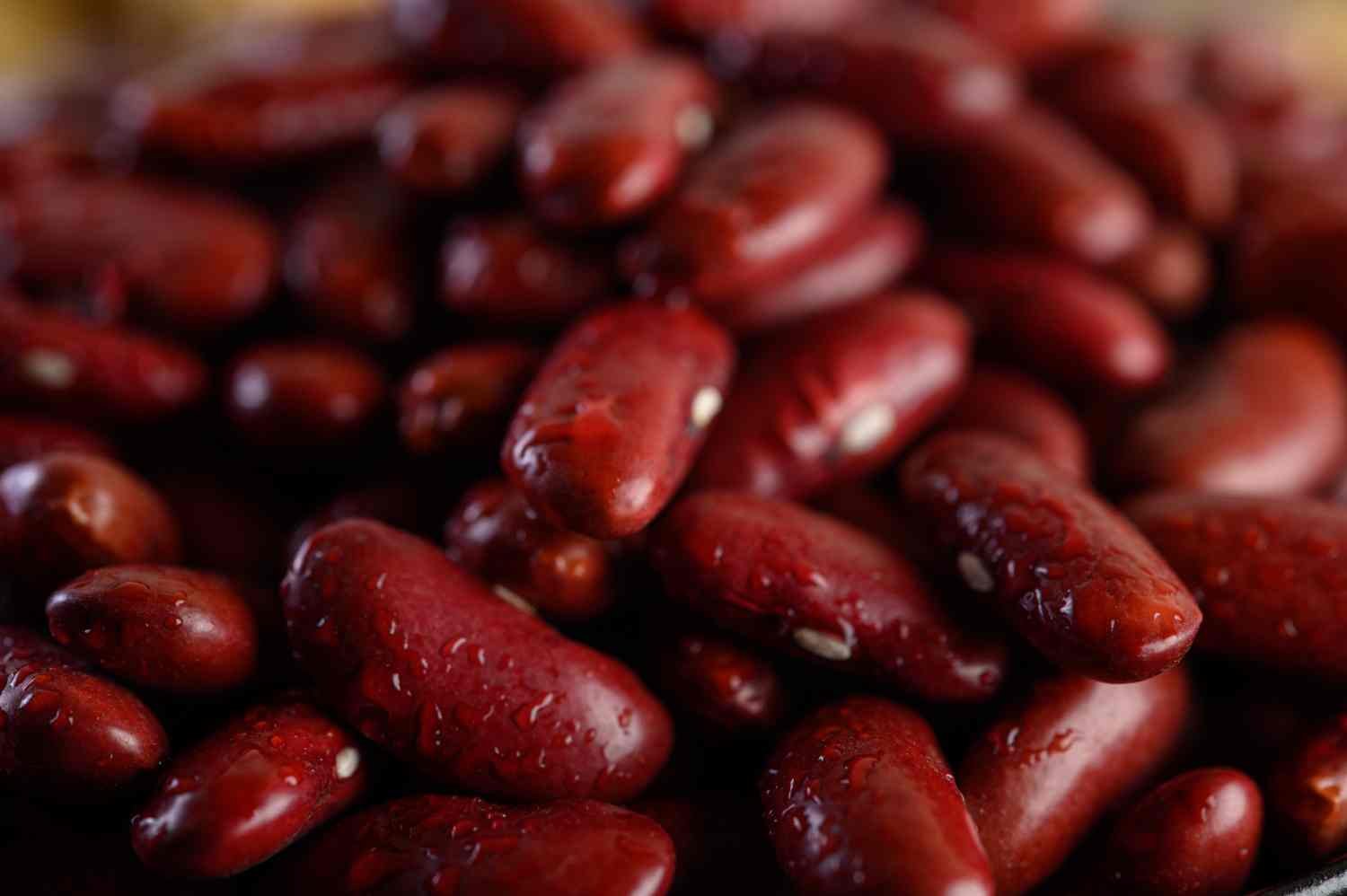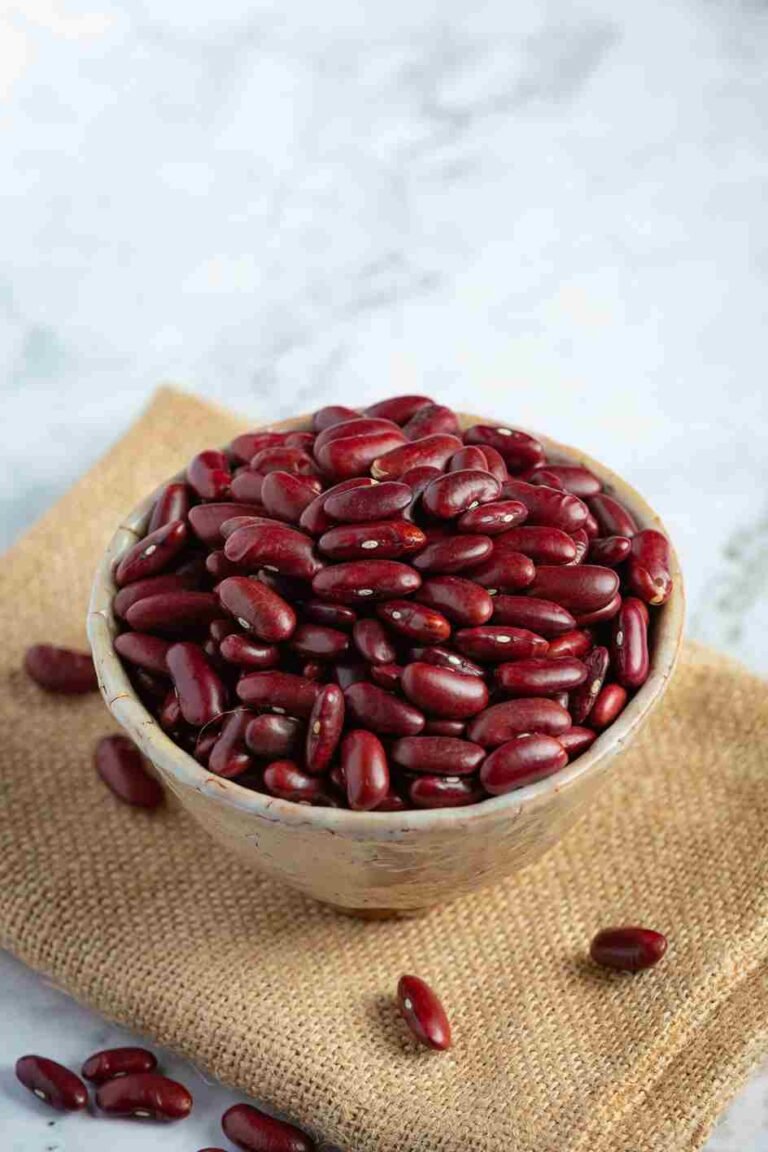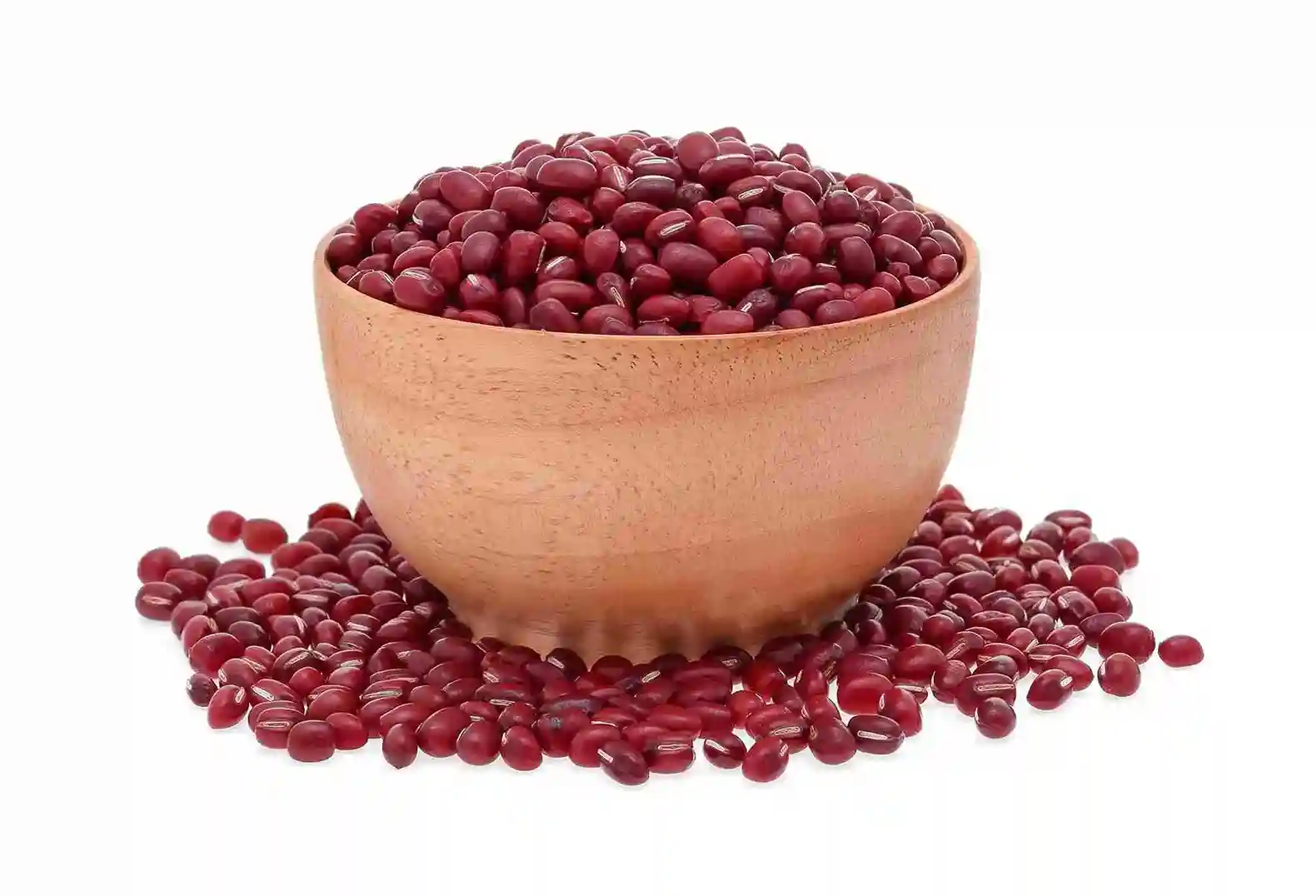
General review of red beans

Red beans are an excellent source of plant-based protein and fiber, helping with heart health, better digestion, and blood sugar regulation. They are low in fat and rich in vitamins and minerals like iron and potassium. Additionally, due to their versatility, they are used in various dishes such as soups, stews, and salads. Red Kidney Bean are easy to prepare and store, making them a great option for a healthy diet.
Global demand for red beans

The global demand for red beans, particularly red beans, has been experiencing significant growth, driven by factors such as increased health consciousness, the rise of plant-based diets, and the demand for convenient food options.
In 2024, the red bean market was valued at approximately USD 5.2 billion and is projected to reach USD 7.8 billion by 2033, reflecting a compound annual growth rate (CAGR) of 4.8% . Similarly, the global beans market was valued at around USD 2.5 billion in 2023 and is expected to grow to approximately USD 4.1 billion by 2032, with a CAGR of 5.3% .
The demand for canned red beans is also on the rise. The global canned red beans market size is projected to grow from USD 2.5 billion in 2023 to approximately USD 4.1 billion by 2032, reflecting a CAGR of 5.1% . Some reports even estimate a higher CAGR of 8.15%, reaching an estimated market size of USD 31.94 billion by 2032 .
This growth is attributed to several factors, including the increasing popularity of plant-based diets, the convenience of canned products, and the nutritional benefits associated with red beans. Emerging markets, particularly in Asia Pacific, are contributing to this upward trend due to rising disposable incomes and changing dietary preferences .
In summary, the global demand for Red Kidney Bean, especially red beans, is experiencing robust growth across various segments, including dried and canned products, driven by health trends, convenience, and shifting consumer preferences towards plant-based diets.
The importance of Red kidney Bean in Lord Agro

Nutritional Value and Health Benefits
Red beans are a rich source of plant-based protein, dietary fiber, and essential micronutrients like iron, potassium, and folic acid. These nutrients help support heart health, regulate blood sugar, and aid digestive function.
Environmental and Agricultural Significance
As a legume, Red Kidney Beans play an important role in sustainable agriculture by fixing nitrogen in the soil, reducing the need for chemical fertilizers, and promoting soil health.
Culinary Versatility
Red beans are an integral part of many traditional dishes around the world, such as “red beans and rice” in Louisiana, “rajma” in India, and “rice and peas” in the Caribbean. Their versatility in cooking makes them a staple in many cuisines.
Other names for red beans in other countries
- Beans (United States, Canada, and many other countries) – Named for their -like shape.
- Rajma (India) – A popular name for beans, often used in the famous dish "Rajma curry."
- Frijoles rojos (Mexico, Central America) – The Spanish term for red beans.
- Haricot rouge (France) – The French term for red beans.
- Azuki Beans (Japan) – While not exactly the same as beans, Azuki beans are often referred to as "red beans" and are used in both savory and sweet dishes in Japan.
- Judías rojas (Spain) – Another Spanish name for red beans.
- Boniato (Caribbean) – In some Caribbean regions, Red Kidney Beans are also referred to as "boniato."
- Lima Roja (South America) – In certain South American countries, red beans are sometimes referred to as "Lima roja" (red Lima beans).
- Phaseolus vulgaris – This is the scientific name for beans and other related beans, including red beans, commonly used in botanical and agricultural contexts.

Red Bean – Product Specifications

Red Bean Standards from the Canadian Register
Variety Registration
Since October 1, 2021, all field beans, including red beans, must be registered with the CFIA before import or sale. This ensures they meet Canadian quality and growing standards.
Label Classification
Per CFIA Directive DIR93-14, red beans must be labeled as “dry common bean” to ensure correct pesticide use and safety compliance
Grading Standards
The Canadian Grain Commission grades beans by quality. For example, beans with up to 0.2% stones are 3 Canada, and those with up to 1.0% stones are Sample Canada.
Seed Treatment
Seed treatments (pesticides/fungicides) must be colored—typically blue or green—for beans, helping to identify treated seeds.
The quality of red beans

The cultural importance of red beans in world cuisine
Red Kidney Bean are culturally significant in many cuisines worldwide. In Latin America, they are key in dishes like frijoles rojos, while in the Caribbean, they’re essential in rice and peas. In India, rajma is a beloved curry, and in the Southern U.S., red beans and rice is a traditional comfort food. In East Asia, red beans are used in desserts, like red bean paste. Their versatility and presence across various cultures highlight their importance as both a staple food and a symbol of tradition.
Communication with experts


